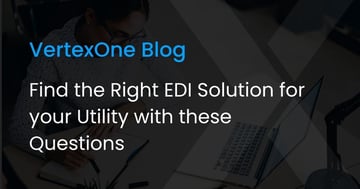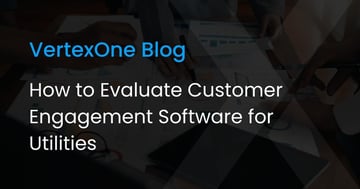A retail energy market is essentially an open or free market that allows participation from independent energy producers. By allowing market participants to choose their energy source, competitors have the opportunity to buy and sell this resource at competitive prices.
This is accomplished through reverse auction, meaning each company offers to sell energy at the lowest price available. Independent agencies then buy the energy needed to meet the predicted demand of a geographic location, offering the best prices to customers. That means that residents or business owners can then compare the rates of different suppliers and select the best and most affordable option.
According to the EPA, “Utilities in retail markets are prohibited from generation and transmission ownership and are only responsible for distribution, operations, maintenance from the point of grid interconnection to the meter, and billing ratepayers.”
Conversely, customers who reside in regulated markets must obtain energy from the energy provider that serves that area. Both markets offer benefits. Supporters of unregulated markets often view regulated markets as having extensive government oversight that can stifle growth and allow large monopolies to thrive, which lead to inflated costs and subpar service.
When it comes to customers in retail markets, energy providers need to understand the unique needs of the communities they serve.
What are the benefits of retail energy markets?
The current focus on technology and convenience has changed customer expectations. retail energy markets can meet these expectations by allowing customers more choice in finding an affordable energy source that best suits their needs.
This diversification allows competitive energy suppliers to:
- Offer more services and benefits to the communities they serve, encouraging them to go above and beyond.
- Improve their efficiency by utilizing suppliers that offer energy-efficient perks and savings.
- Engage in healthy competition in a free market, promoting better overall service.
- Communicate with customers about costs, energy awareness, and green initiatives.
- Offer lower energy costs, allowing local businesses to give back to their communities, hire new employees, and save valuable resources.

How can energy companies help customers shop in retail energy markets?
1. Offer more self-service options.
A customer self-service portal like VertexOne’s EC Infosystems™ allows utility customers to solve their own issues and make changes to their accounts, leading to a significant reduction in your support team’s workload and incoming calls.
A subpar portal will limit both the customer and your company. More Americans are viewing and paying bills on their mobile devices, so a comprehensive self-service portal should let customers update their utility profiles, view their consumption, pay bills, make changes to their accounts, and contact customer service using a mobile device.
2. Provide better service with the right software.
Software programs like VXretail (formerly EC Infosystems) were built for energy companies that serve retail energy markets. Its UtilitBill feature is an EDI-integrated billing and customer information system (CIS) platform that handles market exceptions using transparent data reporting. This reduces meter reading errors and reworks, leading to more satisfied customers.
Daily business operations can be conducted through a cloud-based feature like UtiliBill or handed off to an experienced team that oversees operations, billing, and exceptions. Some energy providers prefer this option because it gives them the ability to focus on growth and other business priorities.
3. Leverage the many advantages of smart technology.
Advanced metering infrastructure (AMI) uses smart meters to remotely track consumer usage, turn service on or off, detect unlawful tampering, identify and isolate outages, and more.
This means greater accuracy when measuring usage, resulting in fewer billing errors, lower labor costs, faster dispatches during outages or disruptions, and quicker resolutions.
Real-time energy monitoring can send and receive data from a customer’s meter to their provider’s energy monitoring system in real-time, reducing the likelihood of errors and ensuring that accounts remain current. This also allows energy companies to provide energy-saving tips to customers.
Excel in retail energy markets.
Retail energy markets offer numerous benefits to consumers and energy providers. By providing more choices, efficiency, and awareness, utilities can better serve their communities. A CIS plays an essential role in retail markets and choosing the right one matters. Learn more by downloading our guide, More than a Utility Billing System: How a Customer Information System Can Excel.




